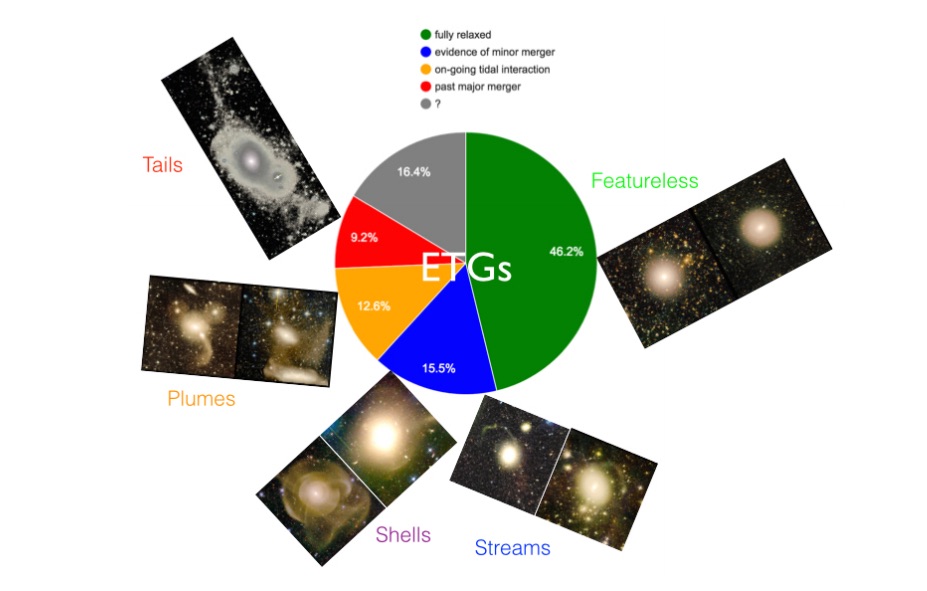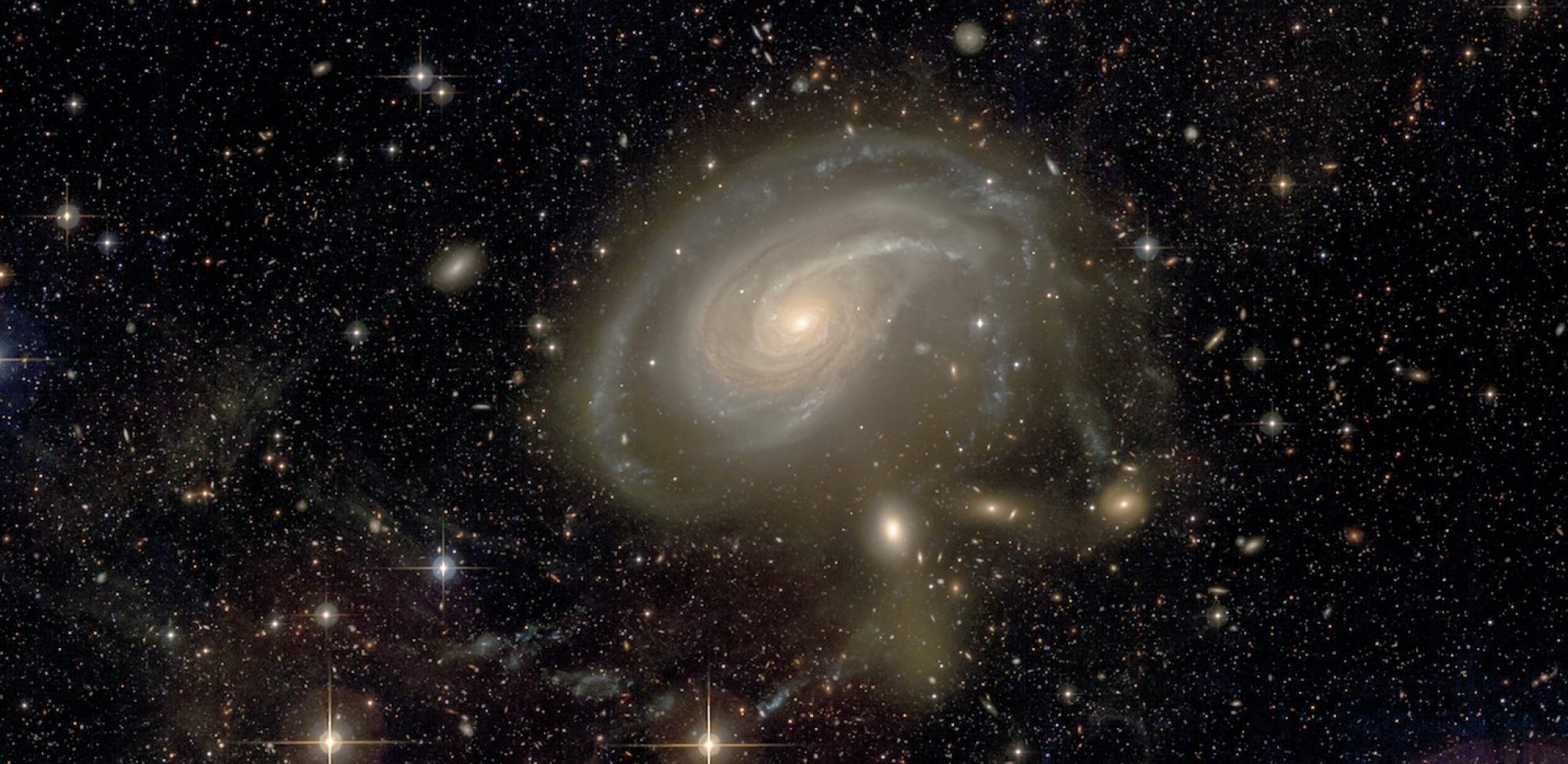Using deep images and simulations to trace collisional debris around massive galaxies

Deep imaging programs, such as MATLAS which has just been completed at the CFHT, allows us to study with their diffuse light the outer stellar populations around large number of galaxies. We have carried out a systematic census of their fine structures, i.e. the collisional debris from past mergers.
Continue reading “Using deep images and simulations to trace collisional debris around massive galaxies”Protected: Newsletter: 26/02/2016
Protected: Reports to CFHT SAC
Protected: The MATLAS survey: an investigation of the outer stellar halos and globular clusters
Protected: Newsletter: 21/09/2015
Protected: Newsletter: 09/07/2015
Star formation in the outer regions of the early-type galaxy NGC 4203

NGC 4203 is a nearby early-type galaxy surrounded by a very large, low-column-density H I disc. In this paper, we study the star formation efficiency in the gas disc of NGC 4203 by using the UV, deep optical imaging and infrared data.
Applying galactic archeology to massive galaxies using deep imaging surveys

Various programs aimed at exploring the still largely unknown low surface brightness Universe with deep imaging optical surveys have recently started. They open a new window for studies of galaxy evolution, pushing the technique of galactic archeology outside the Local Group (LG).
Continue reading “Applying galactic archeology to massive galaxies using deep imaging surveys”
